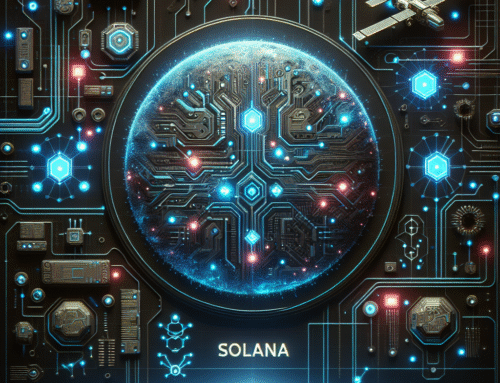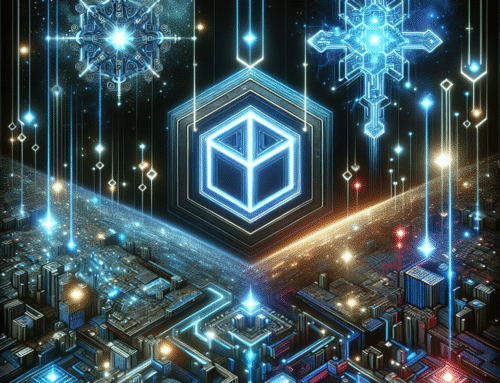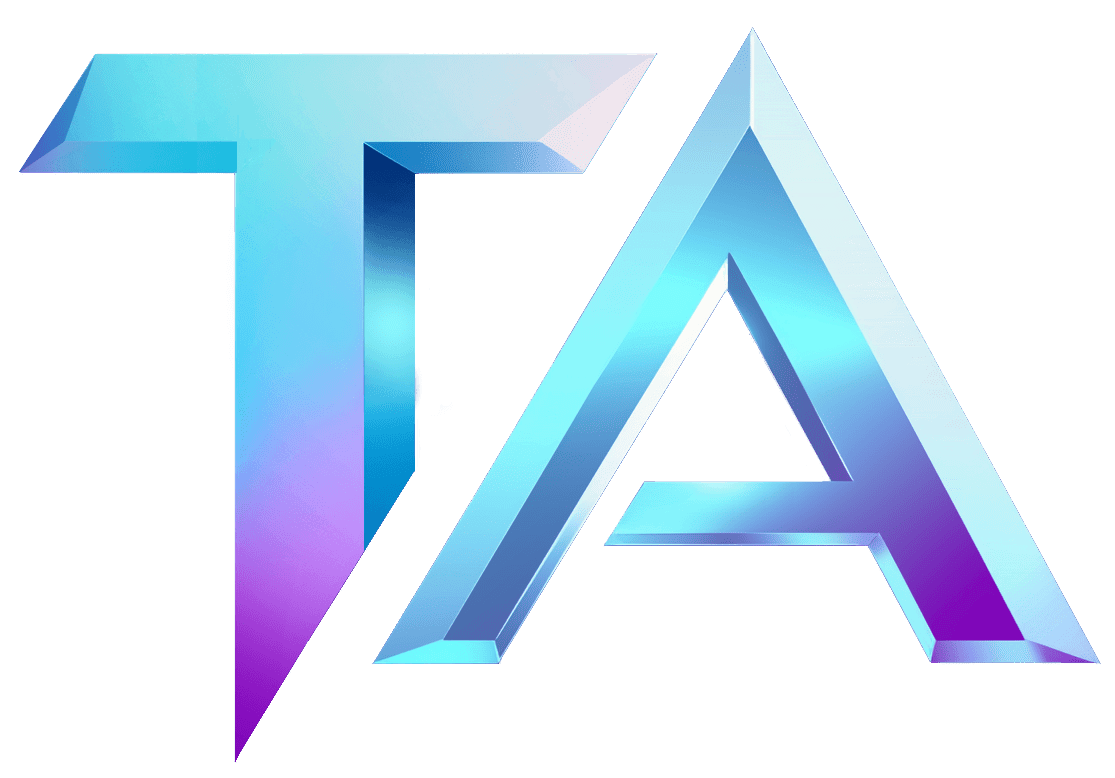Web3 Ecosystem Trends: Insights by Titan Analytics

Web3 Ecosystem Trends: Insights by Titan Analytics
The Web3 ecosystem is evolving rapidly, fueled by innovations in blockchain technology, decentralized finance (DeFi), and non-fungible tokens (NFTs). Here at Titan Analytics, we keep a close eye on these trends as both a Solana validator and an analytics platform for Star Atlas. Let’s explore the significant trends shaping the Web3 landscape today, particularly focusing on Solana’s role within this ecosystem.
The Rise of Decentralized Finance (DeFi)
DeFi has been a game-changer, enabling users to engage in financial transactions without traditional intermediaries like banks. Within the Solana network, DeFi protocols are thriving, thanks to its high throughput and low transaction costs. This allows for seamless trading, lending, and borrowing that many traditional systems can’t match.
Projects such as Serum and Raydium are at the forefront of DeFi within Solana, enabling users to trade tokens swiftly while providing liquidity incentives. According to the Solana Foundation, their network can handle over 65,000 transactions per second, making it a prime choice for DeFi projects looking for speed and efficiency.
The Evolution of NFTs
Non-fungible tokens (NFTs) have taken the digital world by storm, offering artists, musicians, and gamers new ways to monetize their creations. The NFT marketplace on Solana has exploded, with platforms like Magic Eden leading the charge. The low fees and fast transaction times make Solana an attractive environment for both artists and collectors.
Moreover, the integration of NFTs into gaming, especially through projects like Star Atlas, is setting new standards for user engagement. This intersection of gaming and NFTs promises not only to enhance user experience but also to create a new economy that rewards players for their time and investment.
Layer 2 Solutions
As the demand for blockchain increases, so does the need for scalability. Layer 2 solutions are gaining traction to address the issue without sacrificing the security and decentralization that blockchain provides. Although Solana’s architecture already supports high transaction volumes, it’s essential to keep exploring ways to enhance scalability further, especially as Web3 expands.
Projects that focus on interoperability between different blockchains are also emerging, allowing users to move assets seamlessly across various networks. This trend is vital for creating a more unified Web3 environment.
Community Governance
Community-driven decision-making is becoming a foundational element of Web3, where governance tokens empower users to participate in the direction and development of projects. The Solana network encourages this through community initiatives, allowing users to propose and vote on important changes. This transparency helps build trust and fosters community engagement.
Environmental Concerns
While blockchain technology brings many benefits, it also raises environmental concerns. Solana’s energy-efficient proof-of-history (PoH) consensus mechanism significantly reduces its carbon footprint compared to traditional proof-of-work models. The focus on sustainability is becoming increasingly crucial as more users become environmentally conscious.
Looking Ahead
The future of Web3 is bright, especially with platforms like Solana leading the technological charge. As these trends develop, Titan Analytics remains committed to providing insights that help users make informed decisions in their Web3 journeys.
For those looking to dive deeper into Solana’s data modules, we invite you to explore our offerings at Titan Analytics Solana data modules. If you have questions or want to reach out to us, please visit Titan Analytics Contact.
By keeping abreast of these trends, you can better navigate the exciting world of Web3. Let’s build the future together!



